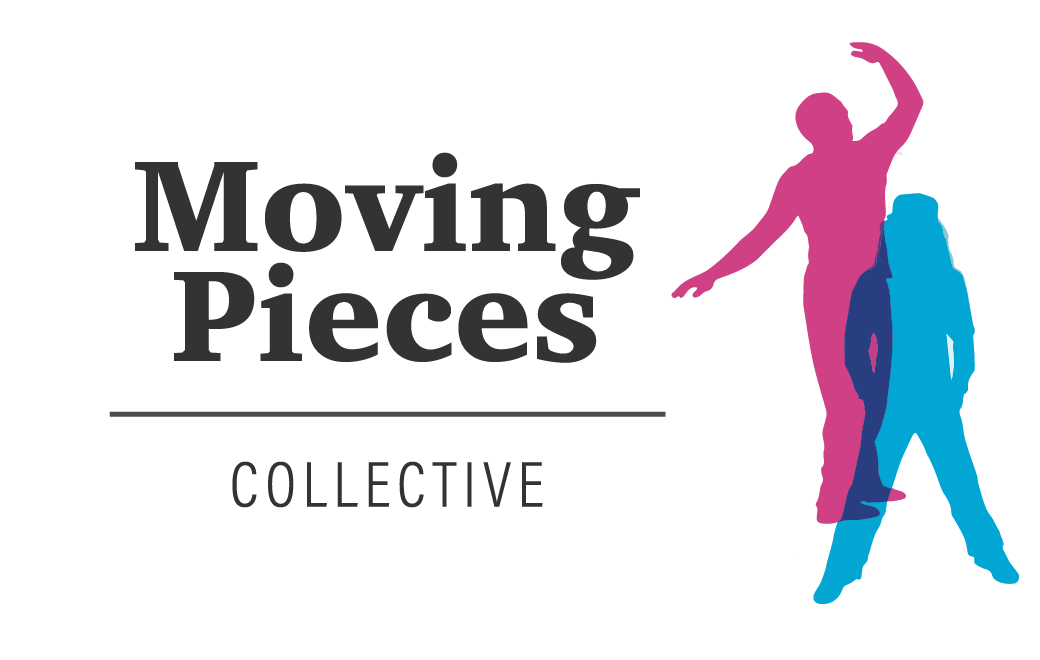Secondary trauma and how to begin the healing process
What is secondary trauma?
Secondary trauma occurs when an individual finds themselves absorbing the suffering of their patients or clients. The symptoms can be similar to burnout and is prevalent in emergency service responders, mental health professionals, and practitioners working with vulnerable people. The impact of secondary trauma is huge, yet there are few systems in place to help prevent it and treat it in most working environments. This means the likelihood of developing secondary trauma increases as the number of patients or clients increases. Prolonged exposure to this trauma often leads to emotional exhaustion, meaning that whilst professionals and practitioners are genuinely engaged in helping vulnerable people, they are doing so at immense personal cost.
How do we address it and prevent it?
Taking time to truly engage in self-care is fundamental with research telling us that using and strengthening our inner resources is essential to build resilience against secondary trauma (Christina Jackson, 2013).
Self-care
Self-care must be tailored to your own areas of vulnerability to be truly effective, taking into account how secondary trauma affects your body and mind. In protecting our mental and physical wellbeing, the support we offer to others will be strengthened.
Mindful movement
By using our body and movement to regulate our autonomic nervous systems we are helping to protect our health and wellbeing. As the effects of secondary trauma generally take place unconsciously, it is vital to safeguard this part of our body.
Working collectively
Working with others to identify sources of secondary trauma, share our experiences in living with secondary trauma and healing from them. In doing so, we build our own personal toolkit and better protect ourselves from the effects of secondary trauma in the future.
